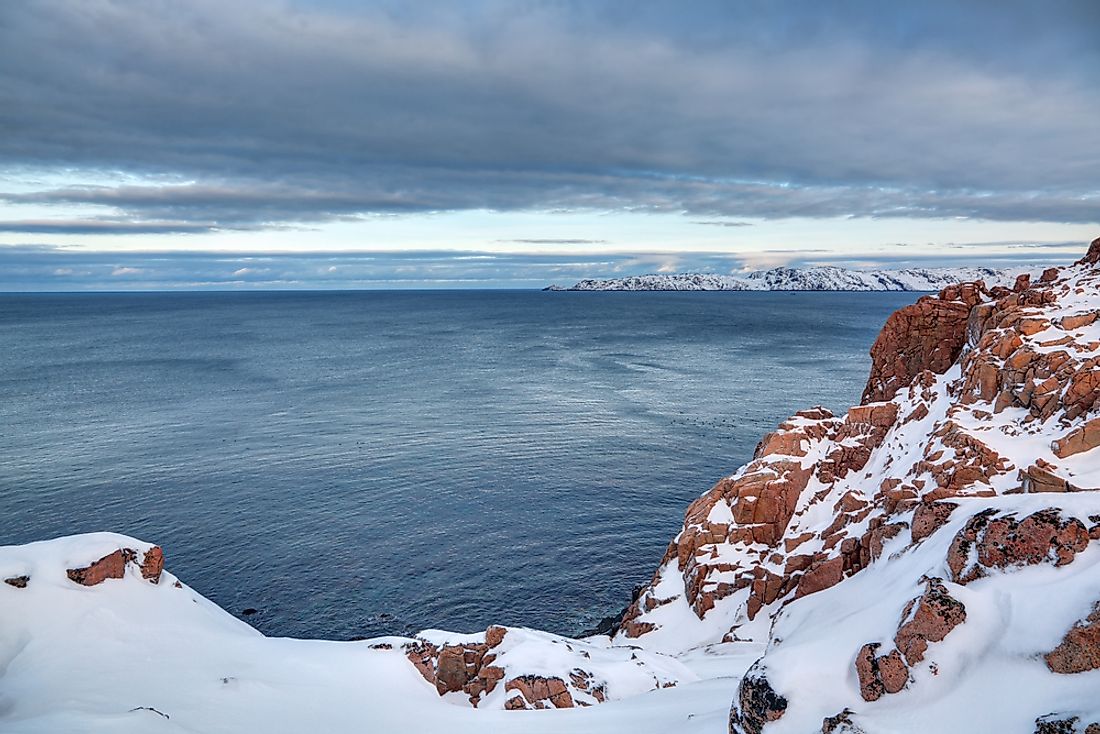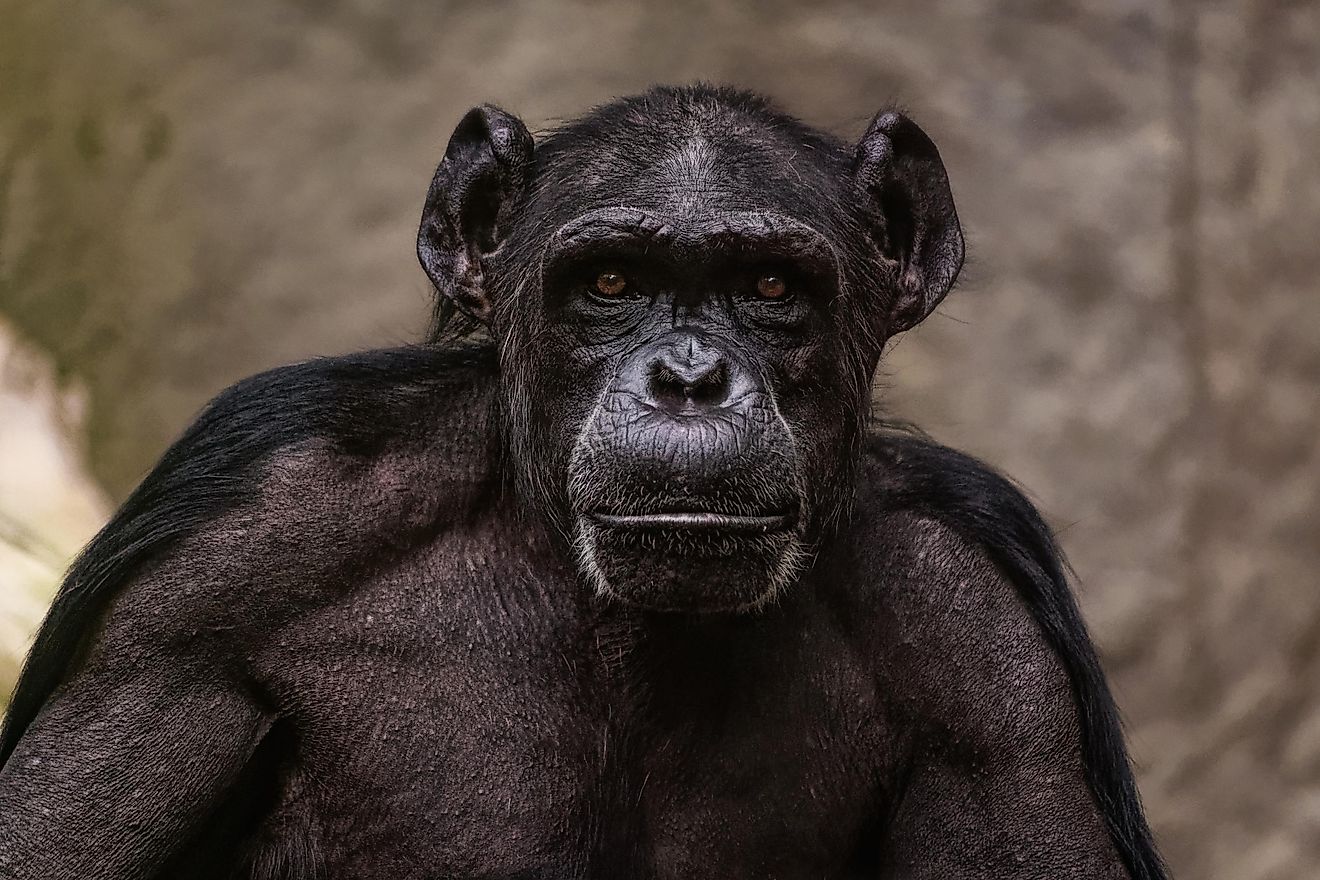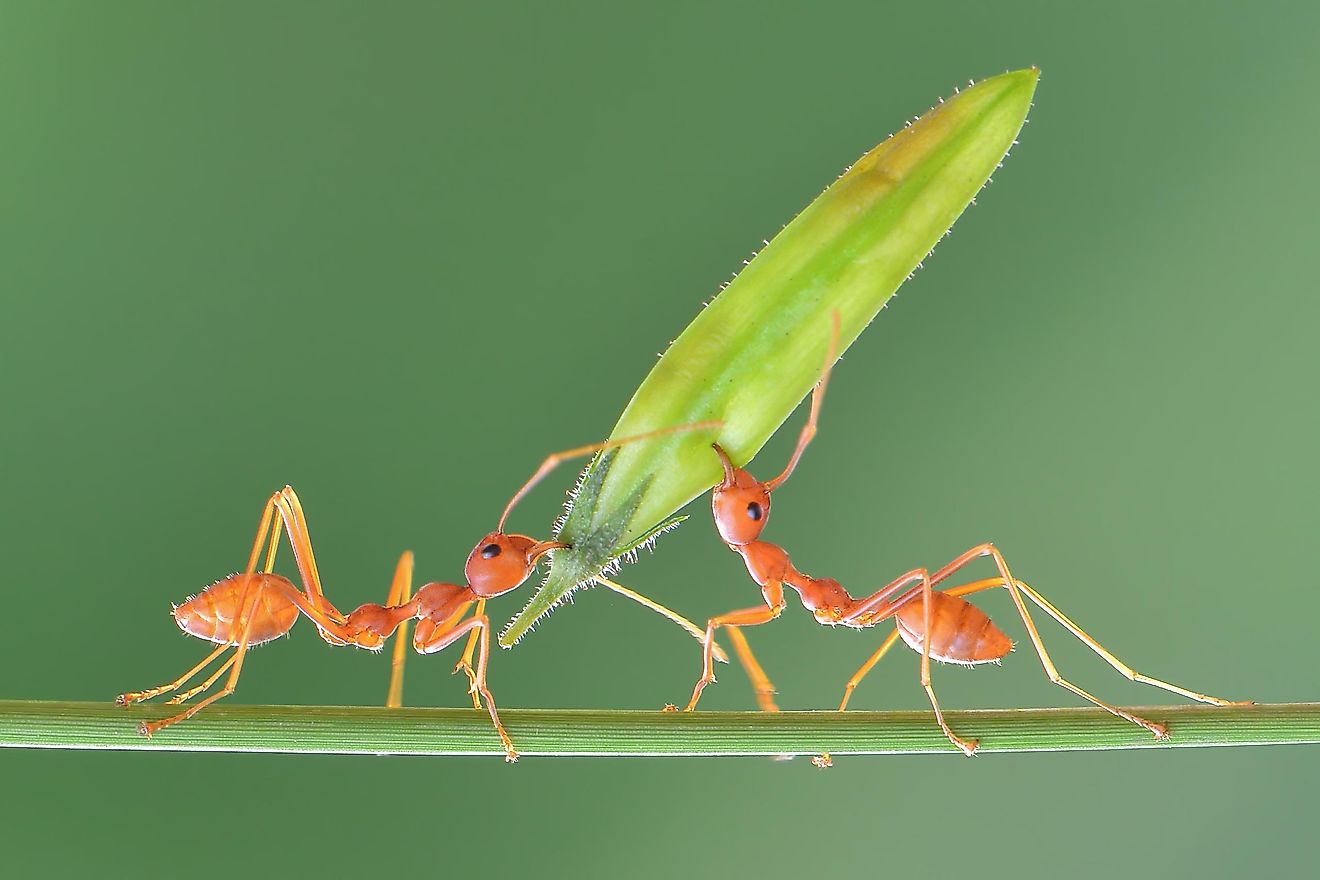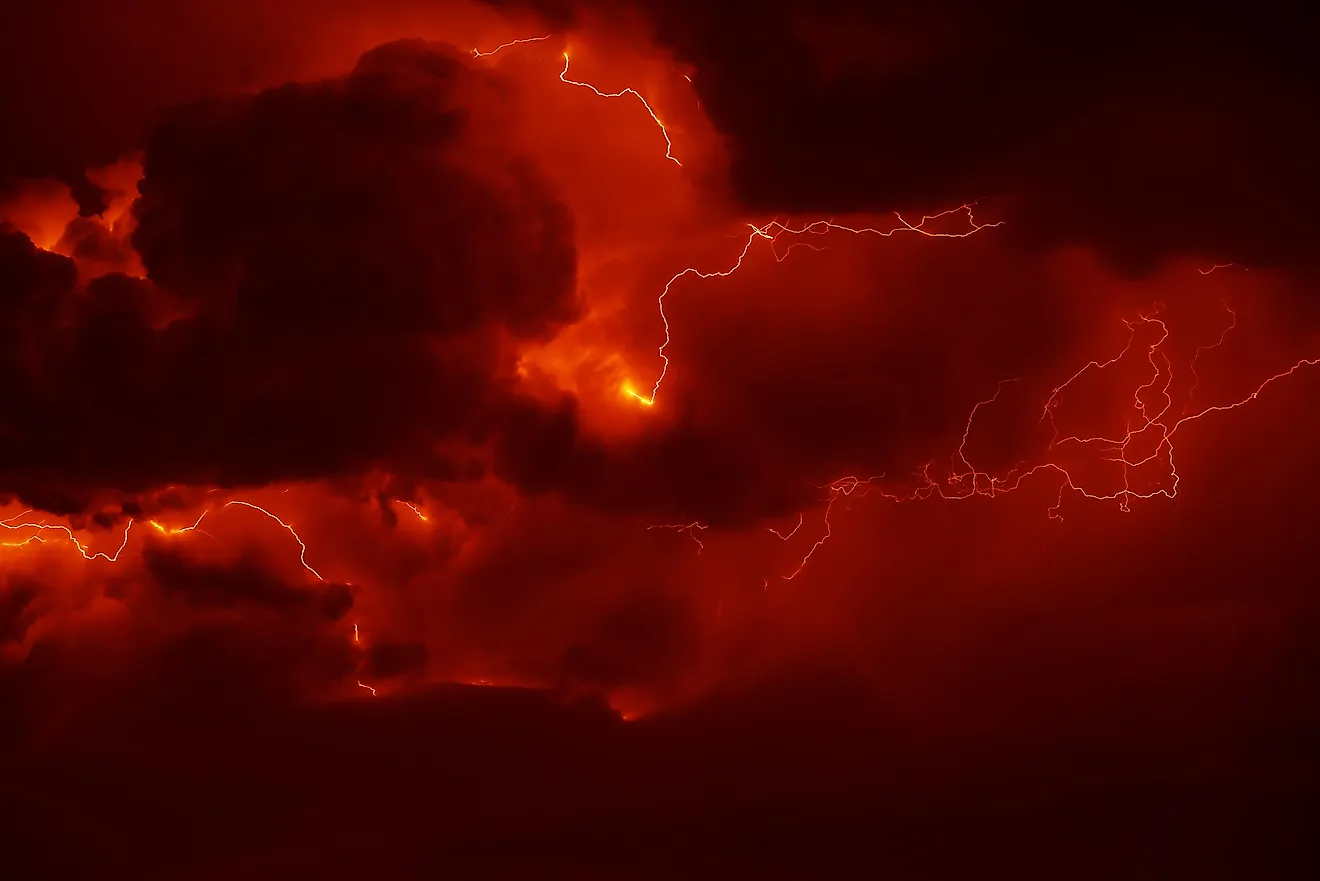The Kola Superdeep Borehole

Among all the living creatures on this planet, humans rank first for their thirst to know and understand things around us, no matter how close or far. This thirst took us to the moon, then Mars, and now we are heading to Jupiter’s moons. We traveled from the deepest forests of Africa and Amazon to the hottest deserts of the world. We even travelled to the deepest points of the oceans and climbed the highest peaks. It is this same thirst that made us dig deep in the soil to reach as deep as possible to acquire knowledge about our planet and its core. One of the most famous excavations in this regard is that of the Kola Superdeep Borehole.
5. Location and History
Russia (then the Soviet Union) faced defeat against the United States of America in 1969 in its battle of landing first on the moon. After that loss, it decided to beat America’s Project Mohole to drill through the crust of the earth to its deepest point. This initiative of Russia was cut short in 1966 due to lack of funds. After that, the authorities chose the Pechengsky District on the Kola peninsula as a drilling location. It is located in the far northwest of Russia.
4. Research and Drilling
Russian scientists started the drilling on May 24th, 1970 using the best available Russian drilling rigs. The target depth was set at 15000 meters, which is almost double the height of Mount Everest's 8848 meter. The secret behind achieving the target was in drilling multiple holes that were connected to the main hole. After nine years of drilling, the project broke the record of the world's deepest hole, which stood at 9,583 meter and was located in Oklahoma, United States. It took nineteen years for the scientists to drill the deepest hole of the project named SG-3. This particular hole reached a depth of 12,262 meters.
3. Uniqueness and Records Set
The SG-3 Borehole is considered to be the world’s deepest borehole. Apart from that, it also held the record of being the world’s longest borehole, but it was bypassed by a 12,289 meter long borehole in 2008 by Al Shaheen Oil Well in Qatar.
2. Challenges and Discoveries
Drilling a borehole 35 kilometers deep, almost one third of the way through the Baltic Continental Crust, was a difficult yet important task to perform, as the SG-3 borehole made many astonishing discoveries to the scientific world. The Kola Superdeep Borehole was an important site for geophysical study, and it helped scientists gain better understanding of the upper and lower crust and its characteristics. Some of the major discoveries this project made include:
- At the depth of around seven kilometers, where the velocity of seismic waves has a discontinuity, no transition from granite to basalt was found.
- The granite rock of our crust had been completely fractured at the depth of around eight kilometers and is saturated with water.
- Discovery of water at that depth was unexpected; scientists believe that this water must have been there from deep crust minerals and it could not reach the surface because of impermeable rocks in the way.
- Scientists also discovered a reasonable presence of hydrogen gas at the depth of the borehole. This deposit of hydrogen caused the flow of boiling mud out of the hole.
- The temperature at the bottom of the borehole was 180 degree F.
1. End of the Project
The project was discontinued in 1993 as scientists concluded that it is unfeasible to drill any further. This is because the temperature at 15,000 meters was expected to reach 300 degrees F, a temperature so high that the drill could no longer operate.











